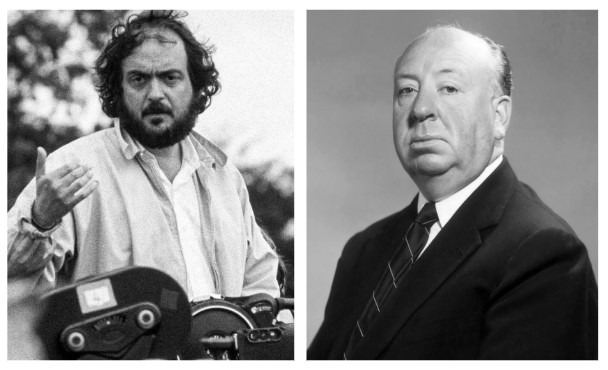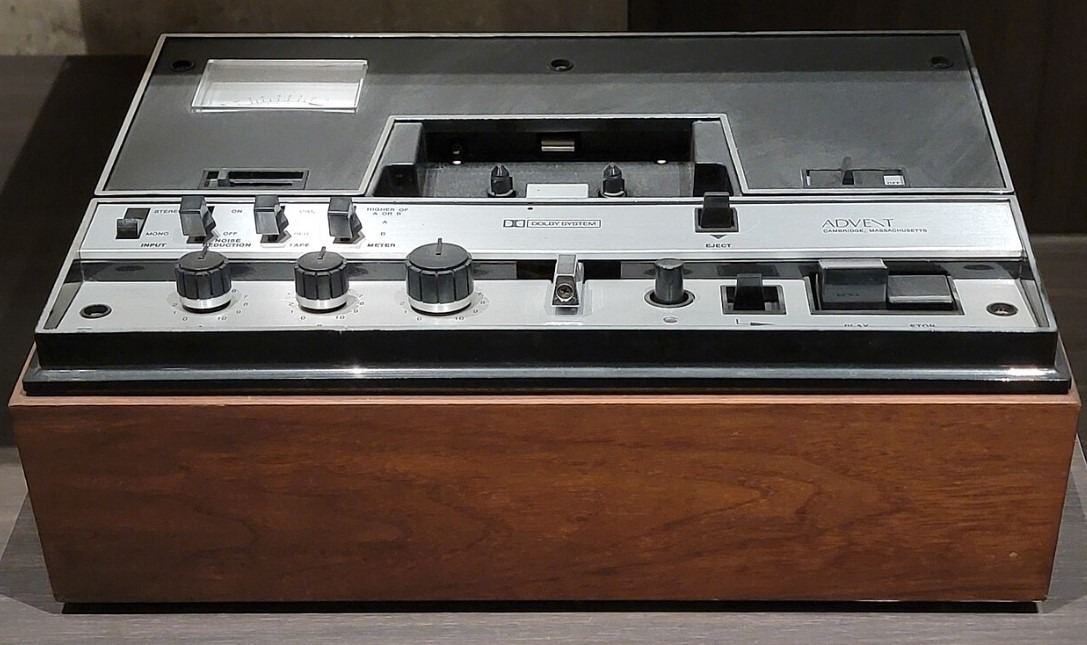Hearing Is Believing: the Evolution of Sound in 1960S Cinema

The 1960s transformed how you experience movies through revolutionary advances in sound. You'll investigate the shift from mono to immersive stereo audio that matched widescreen visuals, while innovative electronic scores and synthesizers created otherworldly soundscapes. Cutting-edge recording techniques, like 4-track recording and Dolby noise reduction, enabled complex audio layering of dialogue, music, and effects. There's an incredible sonic expedition awaiting as you survey this crucial era in cinema history.
The Transition From Mono to Stereo Sound Systems
How did the moviegoing experience evolve when stereo sound replaced mono systems in 1960s cinema? The shift revolutionized the way you'd experience films, as stereo sound delivered a more sophisticated approach to Sound Design. While mono systems limited audio to a single channel, stereo sound introduced directional audio that could follow the action across the screen.
The Score and Sound Effects gained new depth and dimension, creating an immersive experience that matched the era's spectacular widescreen visuals. You'd hear dialogue, music, and effects with greater clarity and spatial awareness. This audio evolution began in the late 1950s with films like Ben-Hur, and by the 1960s, stereo sound had become an essential element of film presentation. The technology altered your relationship with cinema, making you feel more connected to the stories unfolding before you. This advancement in sound technology, combined with the frame by frame precision offered by Moviola editing machines, allowed filmmakers to perfectly synchronize audio with the visual narrative.

Studio publicity photo of Alfred Hitchcock.
Breaking Boundaries With Experimental Sound Design
Three revolutionary filmmakers of the 1960s pushed sound design into bold new territory, fundamentally changing cinema's sonic domain. You'll find that directors like Kubrick and Hitchcock transformed sound technology from a mere technical necessity into a sophisticated form of art. Through their pioneering work, they proved that film scores could transcend traditional orchestration. The advent of Dolby's surround sound capabilities opened new possibilities for composed and conducted pieces, while avant-garde artists experimented with electronic textures and unconventional musical scores.
You'll notice this especially in 2001: A Space Odyssey, where the combination of field recordings, Foley audio, and dissonant compositions creates an unsettling yet immersive experience. This era's bold experimentation with sound laid the foundation for modern cinematic audio techniques, forever altering how audiences experience movies. Their sonic innovations complemented the revolutionary magnetic soundtracks that had transformed the theatrical experience in previous decades.
The Rise of Electronic Music and Synthesizers
The electronic revolution of the 1960s brought radical changes to film sound, as synthesizers and electronic instruments redefined cinematic audio. You'll find that film composers like Wendy Carlos became unsung heroes, bringing stories to life through innovative electronic scores that forever changed motion pictures. The marriage of traditional orchestration and electronic elements created an immersive and realistic experience that continues to evolve today. Much like the sound synchronization techniques pioneered in 1940s animation, these electronic innovations elevated the overall cinematic experience.
Moog synthesizers transformed scores like A Clockwork Orange, blending classical and electronic elements. The Theremin's eerie sound in Spellbound pioneered psychological tension in films. Forbidden Planet's electronic soundscape reflected Cold War technological anxieties. Counterculture movements influenced psychedelic elements in Easy Rider. 2001: A Space Odyssey merged electronic and classical elements, setting the stage for future scores like Star Wars.

Sound Mixing Innovations and New Recording Techniques
During the 1960s, revolutionary advances in sound mixing and recording equipment reshaped filmmaking forever. You'll notice how far we've come from the days of silent films when you experience the immersive audio that emerged during this era.
The introduction of 4-track recording and improved microphone technology let filmmakers create tension and foreshadow events like never before - a dramatic leap from the primitive roars of the original King Kong.
The Dolby noise reduction system altered sound quality, while multiple microphones and sophisticated mixing consoles allowed engineers to heighten the emotion of every scene. You'd find sound designers experimenting with electronic and synthesized sounds, adding new dimensions to the cinematic experience.
Next time you watch a '60s film, listen for these technological breakthroughs that changed how we experience movies.
Merging Music and Dialogue: The Art of Audio Layering
Building upon these technological breakthroughs, innovative directors and sound engineers perfected a new art form: audio layering. Since the days of The Jazz Singer, you've never heard anything quite like the sophisticated sound design of 1960s cinema.
This revolutionary approach kept audiences on the edge of their seat, long before Dolby Atmos existed, by expertly blending multiple audio elements into a cohesive cinematic world.
- Overlapping dialogue created natural, realistic conversations
- Environmental sounds enhanced scene authenticity
- Musical scores wove seamlessly with ambient noise
- Strategic sound placement amplified emotional impact
- Adaptable audio shifts controlled the tone of the scene
These aspects of film sound design transformed the movie-watching experience, establishing new standards that continue to influence modern cinema. Directors like Kubrick and Coppola demonstrated how thoughtful audio layering could convey complex narratives and psychological depth.
Votpuske, Advent tape recorder with Dolby noise-reduction system, CC BY 4.0




